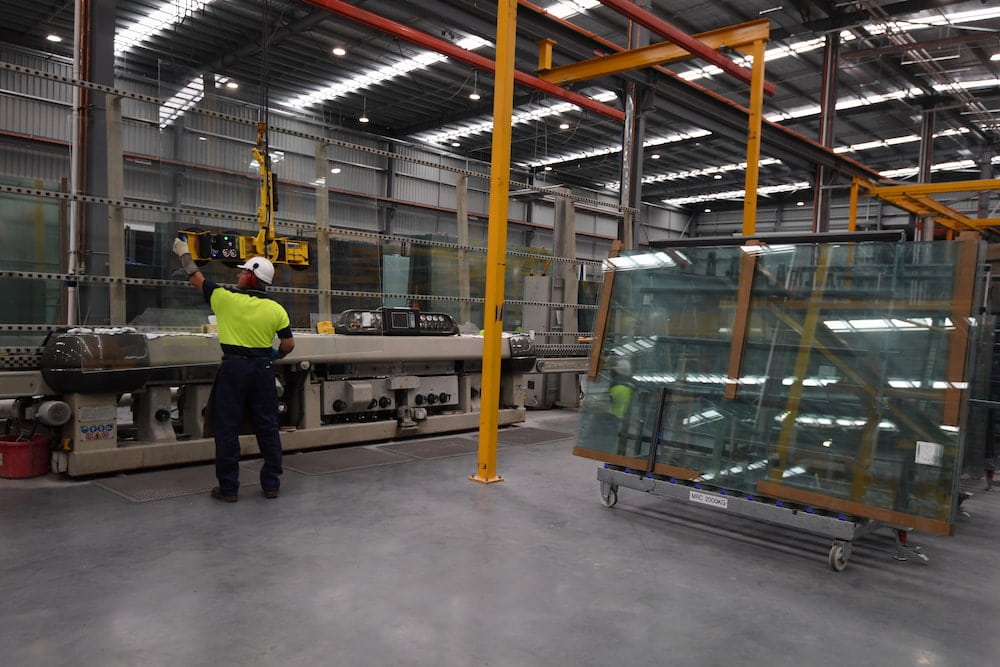Australia’s economy contracted by 1.9 per cent in the September quarter as a result of COVID-19 lockdowns in the nation’s major states.
The decline was smaller than the 2.5 per cent fall economists had expected.
The Australian Bureau of Statistics said the economy still grew by 3.9 per cent over the year.
“Domestic demand drove the fall, with prolonged lockdowns across NSW, Victoria and the ACT resulting in a substantial decline in household spending,” ABS acting head of national accounts Sean Crick said.
“The fall in domestic demand was only partly offset by growth in net trade and public sector expenditure.”
Gross domestic product in the September quarter was 0.2 per cent below the pre-pandemic level in December quarter 2019.
“While GDP data is inherently backwards looking, the release does give a hint of what is to come in the December quarter data and beyond,” BIS Oxford Economics chief economist Sarah Hunter said.
Household spending declined 8.4 per cent in NSW, Victoria and the ACT during the September quarter, but grew by 0.7 per cent in the rest of the country.
Dr Hunter said private sector investment in all non-lockdown states was also very healthy apart from Western Australia.
“This outcome highlights that once restrictions are eased and the virus is under control, the economy can recover rapidly,” she said.
“But the risks from the virus remain very real, with the emergence of the Omicron variant.”
Australia’s net trade position contributed one percentage point to growth, with exports fuelled by global demand for coal, LNG and meat products
Imports of goods fell, reflecting continued global supply constraints and a fall in domestic demand.
Meanwhile, Australia’s manufacturing industry rebounded in November after several months of flat results due to the restrictions imposed to battle the Delta variant of the coronavirus.
The Australian Industry Group performance of manufacturing index rose by 4.4 points in November to 54.8, and firmly above the 50 point mark that separates expansion in the industry from contraction.
“With restrictions easing, performance improved across the manufacturing sectors,” Ai Group chief executive Innes Willox said on Wednesday.
However, with manufacturers operating at relatively high capacity, they continue to voice concerns about the reliability of supply inputs and the difficulty in filling new positions due to worsening skill shortages and localised labour shortages.
“While input prices remain high and wages growth has firmed, market conditions are supporting some recovery of higher costs in market pricing of manufactured goods,” Mr Willox said.
By Colin Brinsden, AAP Economics and Business Correspondent in Canberra
Get all the latest Canberra news, sport, entertainment, lifestyle, competitions and more delivered straight to your inbox with the Canberra Daily Daily Newsletter. Sign up here.



